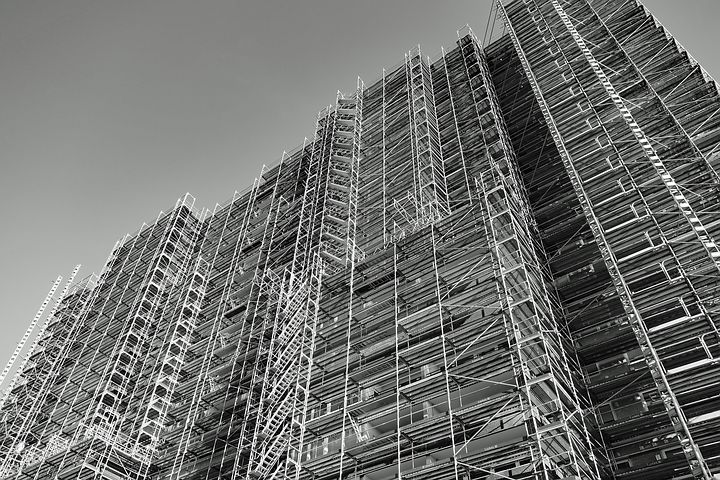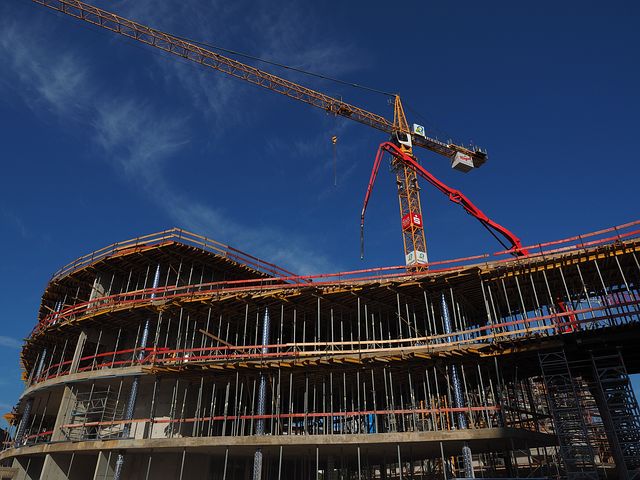When Can Scaffolding Structures Be Considered Safe?
The city of Melbourne is a thriving metropolis of developments and innovation where ingenuity takes centre stage.
In an overwhelming majority of cases, builders take the necessary precautions when scaling great heights and maneuvering between rooftops and second stories that no major accidents occur.
Yet there will be scaffolding structures in Melbourne like all other cities across the country where risks are present and the safety of the worker is in danger.
In order to understand whether or not a design meets this threshold, it is worth taking into account what is at play and what precautionary steps are taken by developers who make this risk a priority for their business model.
Suitable Entry and Exit Points
Ports of entry are fundamental to the safety of scaffolding structures. For a building project where multiple team members have to operate inside one single block, it is paramount that there is an avoidance of a bottleneck effect. This is seen when there is a threat such as an exposed wire or falling debris as dozens of workers try to funnel through a narrow entry/exit point. To avoid this through a safe working environment, team members must follow protocol and eliminate instances where that bottleneck effect can occur, even if it means slowing down the process.
Railings and Harnesses

So much of what makes scaffolding structures dangerous is a lack of support and insurance measures instigated by the developer. Slips and falls constitute a high portion of accidents on work sites and these case studies can be mitigated against with some practical inclusions ranging from harnesses that link the builder to the design, and railings that blocks off any specialist who suddenly and unexpectedly loses their balance from a great height. These little details will alternate depending on the nature of the scaffold, but if they are included then it is a signal that safety precautions are being taken.
Trained and Experienced Team Members
There is little point in a building project investing thousands of dollars in the most advanced scaffolding structures only to see an inexperienced and untrained team apply it to their development. Operators have to be skilled in the details of these designs because they will be specified and crafted to meet certain criteria and applied in a very specific way. From the load bearings that judge how much weight can be applied to the amount of foot traffic and positioning of the design, it requires due diligence and training to ensure that all participants understand what safety risks are at stake and what processes to follow.
Regular Independent Third Party Inspections
What exactly constitutes regular independent third party inspections can be up for debate when it comes to scaffolding structures. Those ‘regular’ examinations might only occur at the beginning, middle and end of a building process. Having an independent body involved can also be questioned in an industry where operators are very familiar with one and other as pre-existing relationships can dictate how an inspection will play out. Fortunately there are associations and public departments who run oversight on these developments and because they are subject to local council approval, they must be upheld to those legal standards. Yet when it is safety that is paramount and now the minutia of the legalities, a third party analysis of the scaffold is central to gauging whether or not it is above board.
Summary
Scaffolding structures can be considered safe if they follow these core principles. It will also include the nature of the terrain to test whether or not it is conducive to the surrounding environment, such as a built up local area or quiet suburban street. This is a city that prides itself on making innovative strides and working for a common purpose, so any safety violation will be pounced upon and managed in a proactive fashion by the building community at large.

